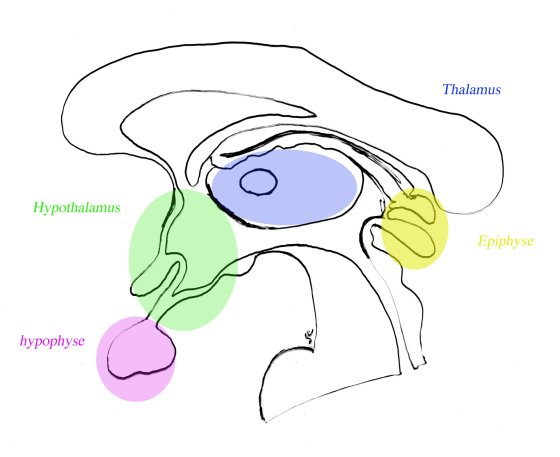A regular remark made by the owners of animals who have been seen in consultation of osteopathy is that they can observe a behavioral change which was not the purpose of the consultation in the first place.
Indeed, manipulations sometimes have an unexpected effect: the hypersensitive animals are less subject to abrupt and badly controled reactions.
Starting from this fact, we got interested in the possible efficiency of the osteopathic techniques in improving some behavioral disorders all having in common a highly emotional patient. The reactions of the animal in these chosen disorders are anxiety, shown by the classic symptoms known from all, and aggressivity particularly in the cat.
The first possibility of interaction, widely checked elsewhere, is due to a post-pain irritability. Indeed, genes and deaf and/or latent pains are a common origin for hypersensitivity demonstrations. Disappearance of tension connective tissue areas leads "de facto" to a reduction in stress hormons secretion, and thus favours the return of a behavior which can be called normal.
During enhanced irritability behavioral disorders, it is then necessary to look for a latent pain on both levels of allopathic and osteopathic approach: the absence of pain checked by the allopath practitioner should motivate an osteopathic consultation before going to the following step of usual diagnostic approach.
The second possibility of interaction is more subtle. It needs an intervention of the osteopath at the cranial level (Cranio-sacral osteopathy). Indeed, we remind you that one of the classic osteopathic approaches is made by the Primary Respiratory Mechanism, which has its origin in the nervous tissue beating (The Inherent Motility of the Brain and Spinal Chord), a well known and documented phenomenon.
One of the effects of cranial osteopathic manipulations is to remove headaches, often tha cause of behavioral disorders but very difficult to encircle with a classic semiological approach. It is the presence of decreased in amplitude but increased in frequency cranial MRP, associated with frequent dysfunctions of the occipital bone or of the atlas, which leads the therapist to think about headaches.
But, the treatment can interprenetrate a lot more, by having an action on the Dura Mater as a Reciprocal Tension Membrane (RTM) and thus on the brain ventricles. It is then possible for the practitioner to have an indirect action on the internal structural elements of the brain which participate in the emotional mechanics (fear, anger, etc.) and thus in the behavior. A good knowledge of the anatomy of the brain is then necessary.
However,results obtained by this approach are sometimes surprising.
The behavioral pathologies sometimes difficult to encircle may, by this recent way, be decoded according to a totally new procedure.
Even if the osteopathy can therefore present an obvious interest in certain behavioral disorders, it is necessary to keep in mind the classic diagnostic and therapeutic steps during the syndromes referenced by our behaviouristic colleagues. It is interesting to consider the osteopathic possibility as an additional element of action on the behavioral disorders, and not to want to substitute one approach to the other, risking to deprive ourselves of a methodology which showed for a long time its ability.




